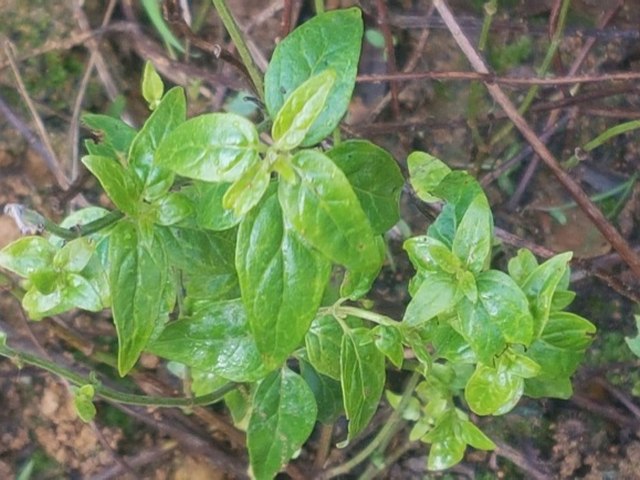By Mark Henley
The mint family, Lamiaceae, contains over 200 members (geni) that include Mentha, which are mints, Ocimum (basils) and Salvia (sages). Botanists suggest that the genus, Mentha, contains between 13 and 18 species. There are six (or seven) Australian members of the mint family Mentha, which are not to be confused with the Prosanthera family which are referred to as ‘mintbush’, and also include some really useful culinary herbs.
The three most commonly available “native mints” are Mentha Australis, known as “river mint” or “native mint” and Mentha Diemenica or “slender mint, and Mentha Satureiodes or “native pennyroyal,” though the common names seem to be used interchangeably and so are not reliable reflections of the species they intend to describe. They occur naturally throughout moist areas of south-eastern Australia, including the Adelaide Hills and along creeks and rivers, including the Murray. Mentha Australis has the greater range. So, we can patriotically grow these edible plants as being indigenous to South Australia. The leaves have excellent mint / spearmint flavours with subtle variations between species and should be more widely used in our kitchens.
They are ground covering to low growing, clumping plants, though Mentha Australis can be more upright, growing to half a metre They can withstand light frost and tolerate dry spells. They are best in cooler moist, conditions as understory plants and grow really well in pots, so can be part of a collection of potted herbs for any kitchen garden.
The leaves are vibrant green, generally elliptical to about 1cm, though there are forms of Mentha Australis with leaves that are longer with tip serrations and grayer colouration. Spring flowers are small and usually white but can be shades of lilac and are bee attracting.
They are quite hardy once established, with some summer watering and there is a slight risk from ‘rust’ which can be treated with organic fungicides. Propagation is by cutting or most easily root division, preferably in winter / early spring.
Aboriginal communities have used the native Mentha species for millennia as an insect repellant, medicinal and culinary herb. For culinary purposes, these mints can be used in place of any traditional mint in any recipe, from mint sauce to go with lamb or goat through to making chocolate mint deserts.
Apple and Native Mint Jelly
2kg apples (or pears work well too). Windfalls and less perfect fruit are great.
5 cups water
3 cups sugar
2 tbsp fresh lemon juice
A few sprigs of washed native mint.
1. Rinse the apples and roughly cut them into chunks, then put them, cores and seeds, into a large pot. Add water, bring to boil and then gently simmer for about an hour, cool a little.
2. Strain apples, for example, use a clean chux in a colander, over a deep pot. Add a plate over the top of the apple pulp and add weights, eg canned food, to drain as much of the juice as possible. Let to strain for at least 3 hours, or overnight
3. Measure the liquid, there should be about 4 cups (1 litre). Return it to a large pot, add sugar and lemon and bring to the boil. If using a thermometer, boil to about 105 degrees and test if set point has been reached, eg by putting half a teaspoon full onto a plate and in the freezer for a couple of minutes. If it holds its shape when plate is tilted, its ready, if not, keep cooking and testing every 5-10 minutes.
4. Once ‘jelly point’ is reached, strip native mint leaves from their stems, chop finely and stir into the apple mix, pour into clean, sealable jars.
5. Let infuse for a week or so. Use with meat or cheese, on scones or fold a few spoonfuls through a chocolate mousse for a chocmint ripple.
This article is from our July 2021 Newsletter. © Rare Fruit Society S.A.

